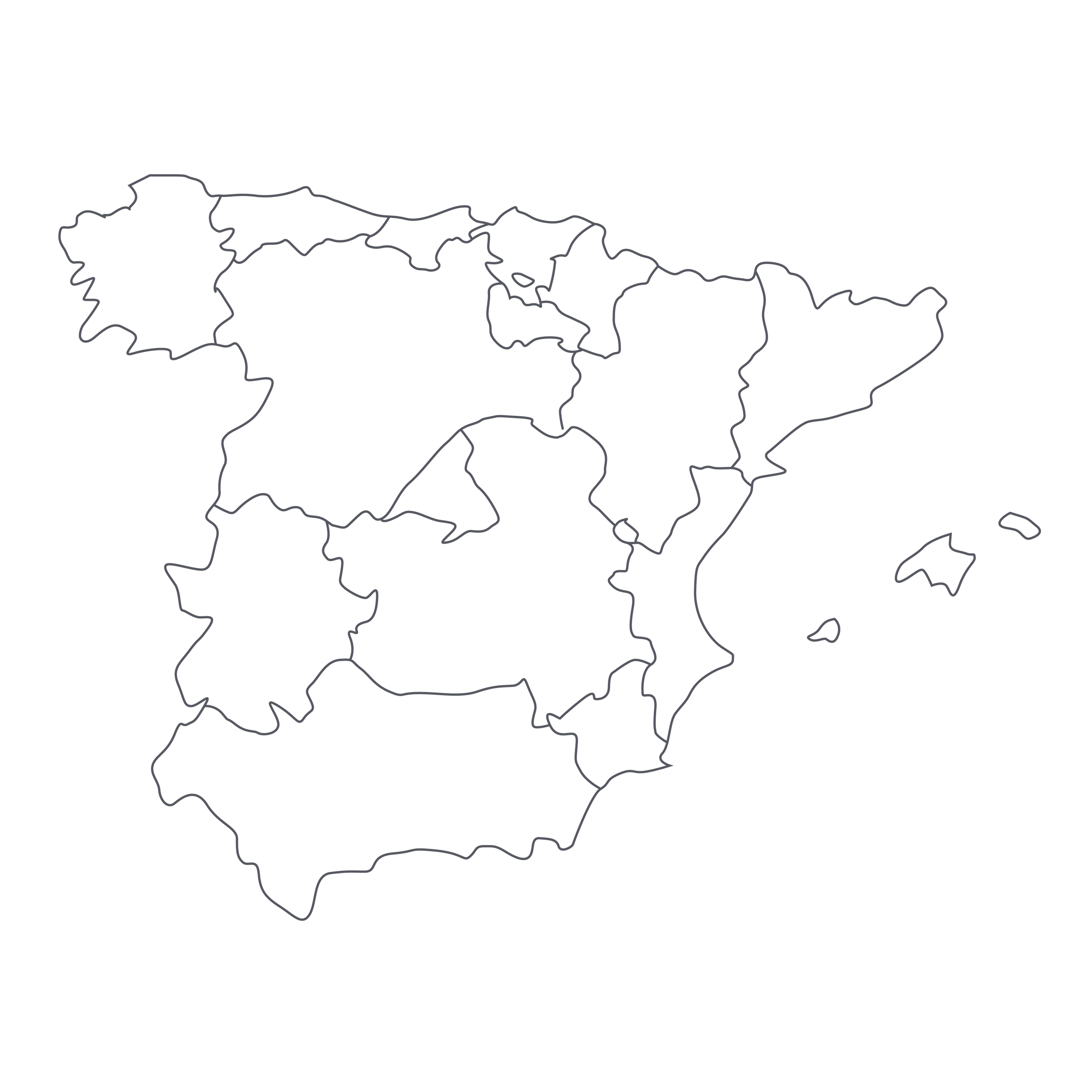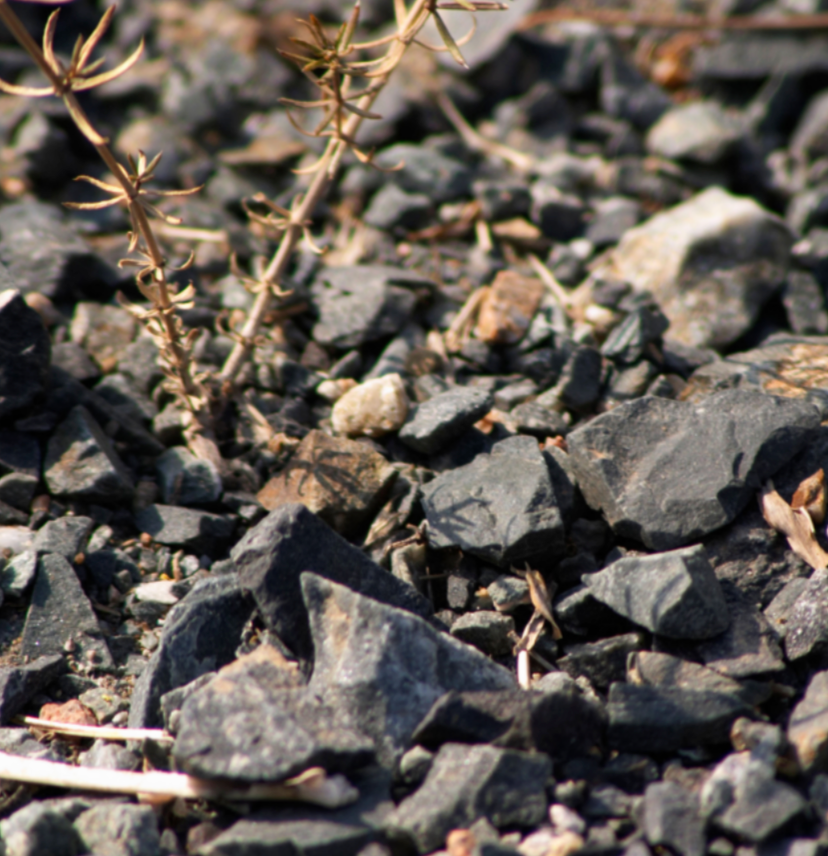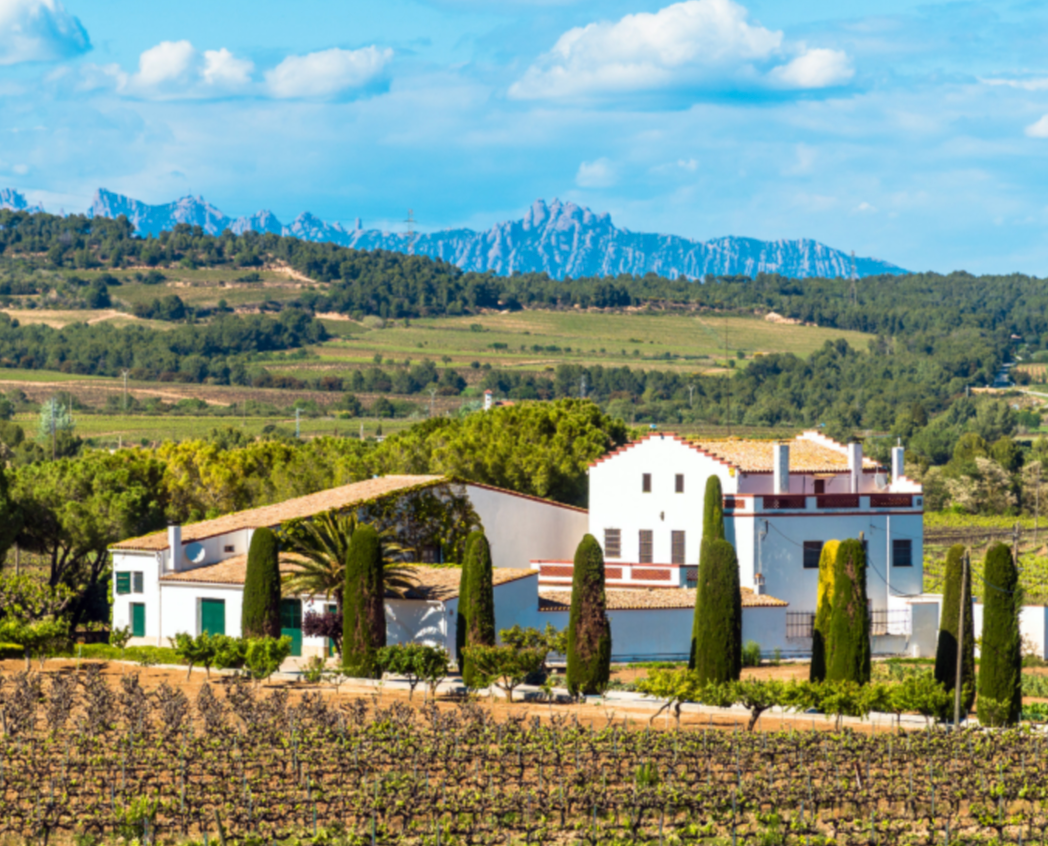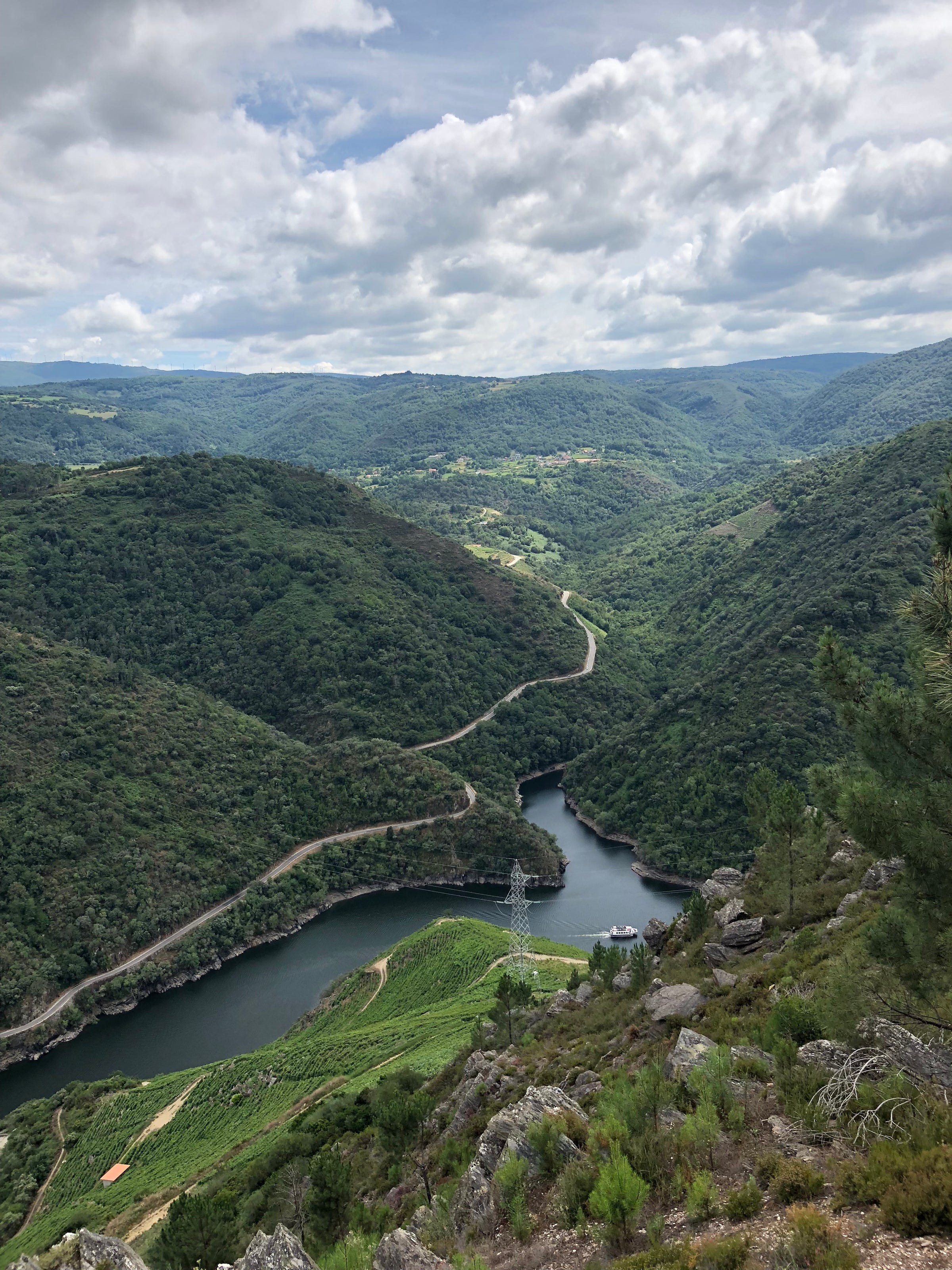The first thing that needs to be said about today’s wine is that it’s not a new idea conjured up by some wacky natural winemaker looking to push boundaries. Yes, it’s a “co-ferment” of white and red grapes, and yes, it is natural, but it is merely a modern iteration of a classic style of wine made in Northern Spain—especially Rioja and its next-door neighbor, Navarra.
“Clarete” is the word they use to describe the style, which calls to mind the old British moniker for a lightly colored red wine, “claret.” Using white and red Grenache grapes in equal measure, Azul y Garanza has supplied us with the most uniquely enjoyable wine of the year, one that lands a few clicks north of rosé into ultra-light red territory yet bowls you over with flavor and fragrance. Had I not experienced it myself, I would have thought this much expressiveness would be a physical impossibility, given the production methodology: a co-fermentation of 50% white Grenache and 50% red, subjected to a brief maceration on skins and aged in amphorae before bottling. It’s a featherweight, but it’s no wimp—give it a slight chill and get ready for a powerful punch of spicy, cherry-fruited Grenache goodness.
And if you’re not overly familiar with the Navarra DO and its wines, you couldn’t ask for a more appealing introduction than Azul y Garanza. Run by partners Dani Sánchez, María Barrena, and Fernando Barrena, the winery and its vineyards are in the northeastern corner of Navarra, right at the edge of the mountainous Bardenas Reales desert. This is not far from Pamplona and from the Pyrenees Mountains, a frontier-like atmosphere for growing mostly red grapes in an arid, “high desert” environment. The relatively dry climate makes it a little easier for the Azul y Garanza partners to follow strict organic protocols in their farming; they refer to their vineyards as “landscapes” and focus not merely on organic farming but on fostering biodiversity in these sites.
For their aptly named “Naturaleza Salvaje” Clarete, Certified Organic Garnacha (Grenache) is harvested from vineyards that climb up to 550 meters of elevation. As noted above, the wine is crafted from 50% each of red and white Garnacha, from vines averaging 40 years of age. The white and red grapes are naturally fermented together in concrete vats—with about 12 days of skin contact—after which the wine is aged in clay amphorae for six months before bottling.
The result is a crisp, juicy refresher that really plays up Garnacha’s red-fruited, Pinot Noir-ish side. If you care to classify it, let’s call it a very light red rather than a dark rosé, even though it could really fall into either category. In the glass, it has a star-bright, Kool-Aid-red hue, with aromas of wild strawberry, Rainier cherry, ruby red grapefruit, underbrush, dried rose petals, and some green herb notes. The short description is light, bright, and outta sight, ready for action alongside a spiced-rubbed pork tenderloin, spicy BBQ ribs, Peking Duck…one of the best aspects of this wine is how it inspires lots of pairing ideas. Serve it at cellar temp or little cooler (50-55 degrees) in Burgundy stems and take note of how quickly the bottle disappears—it may set a new record. Cheers!







